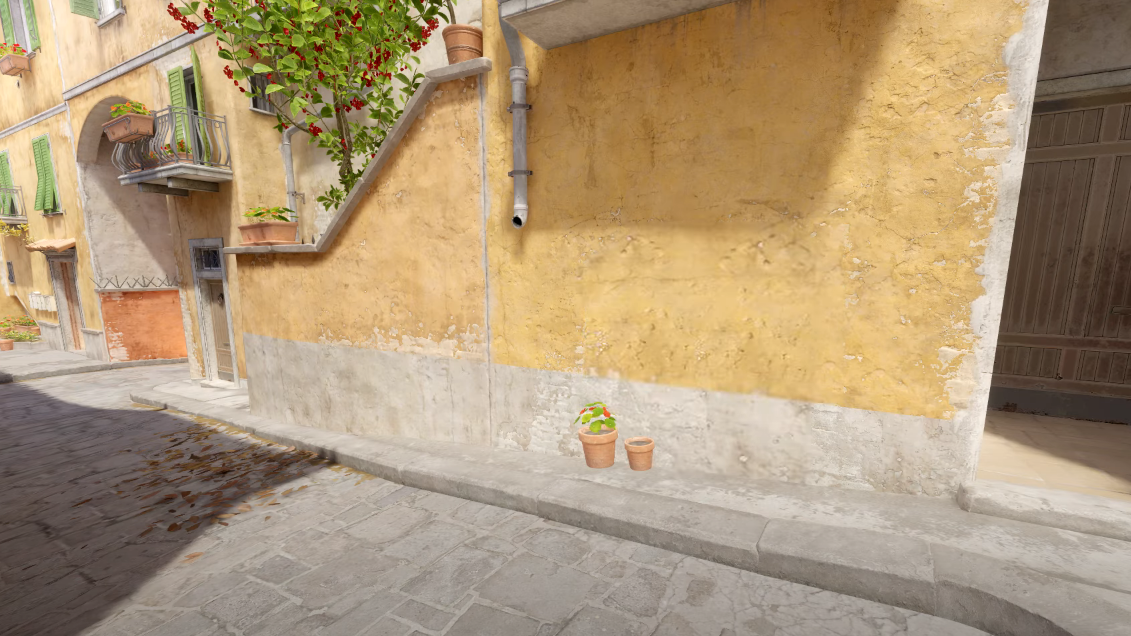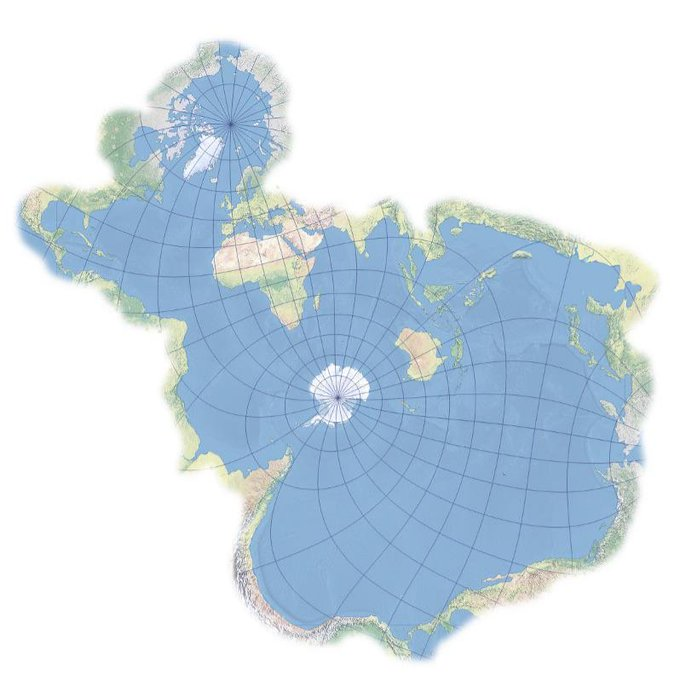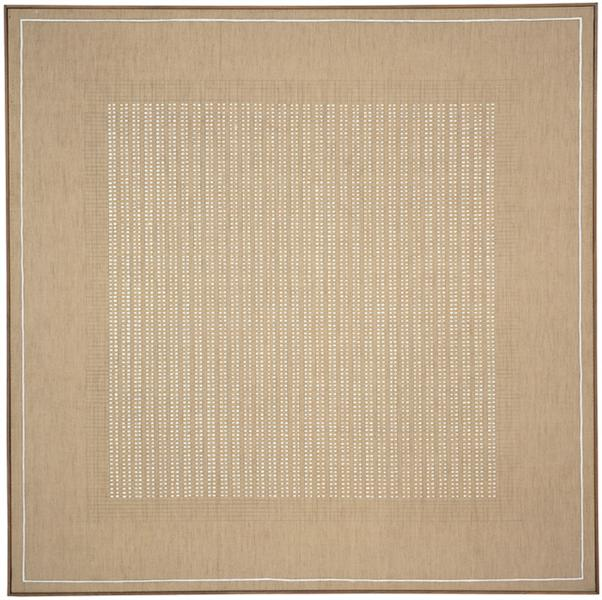created, $=dv.current().file.ctime & modified, =this.modified
tags:islandsholesmovies
NOTE
Thinking of islands, forming islands, boundaries, disconnection, independence etc
Banshees of Inisherin
I was thinking about islands and coasts. As depicted in film how could you confirm the existence of an island? It seems in Banshees you see the coast. There’s talk of it being an island.

But I’m curious how this could be confirmed within the cinematic universe the story exists in without doubt, proven true. Even if you circumnavigate the coast (which would be possible in the narrative but with major alterations, there’s the possibly of a shifting landscape.) I like this idea like an infinite coast. Depleting the water source would alter the island, exposing the rock below. The size is thus altered. You’d need to show the whole for it to be an island, once again breaking from the narrative to show some satellite footage.
My point roundabout point is how do you confirm an island by cinematically only seeing coasts, which is kind of nonsense. A coast by nature defining existence of an island (thinking of a planet with a body of water like a hole in a bowling ball, the island surrounds the hole or the “hollow earth” theory making space exist inside the sphere of Earth)
Also confounding this process, the fact that with film there are multiple shooting locations (Innismore being a location, but also various other spots.) It doesn’t seem the case, but in film what is depicted as an island could be just a continental harbor or any kind of “non-island” coastline etc. In the rules of so many films, the actual setting is a cobbling together of many different locations, giving the appearance of continuity, but with different real world spatial relations. (filmed in canada, filmed in chicago, one space) Cinematically it’s an island, but reality it’s a bunch of islands or locations. Is the office building in The Office an island?
I’m also reminded of that Maya Deren talk as well, of multiple abutting “realities” appearing as one. That’s kind of what is happening. The two scenes in one are islands.
The creation of these “meshed” frames was to do half exposure with counting, run it back and expose again.

Island in Island
We see islands within islands occasionally. There’s a wiki page for “[recursive islands and lakes](https://en.wikipedia.org/wiki/Recursive_islands_and_lakes).”
Connected Components
I was recently reading about simulation islands for computing, particularly optimizations in the awesome box2d library. When having multiple physics actors in the scene, as a process of optimization it’s beneficial to “island”-atize blocks of entities that are stable or wouldn’t react to one another. Grouping “[connected components](https://box2d.org/posts/2023/10/simulation-islands/)”
“sleeping is not done per-object, but per-island” Bodies wake other sleeping bodies through constraints and this must propagate through all touching bodies immediately
Coastline paradox
The coastline paradox is the counterintuitive observation that the coastline of a landmass does not have a well-defined length. This results from the fractal curve–like properties of coastlines; i.e., the fact that a coastline typically has a fractal dimension. Although the “paradox of length” was previously noted by Hugo Steinhaus, the first systematic study of this phenomenon was by Lewis Fry Richardson, and it was expanded upon by Benoit Mandelbrot.

Game Worlds
Invisible walls in games form islands of interactivity. Human ingenuity will often find holes in these bounds, from parallel worlds to simple gaps in collision boxes.
Counter Strike 2 recently released. CS is one of the most, if not the most (definitely my most) played competitive FPS games. What’s interesting is the divide here. In the video this person is proposing was has been called “unenvironmental” design, removing doodads and detail work from the environment in the effort to improve visual legibility (walking into an invisible wall, or interpreting visual noise as a figure).

This feels like a push towards a more “greyboxed” layout with primitive forms. Funnily I recall in CS and certain other games, simple hacks would employ this (so it’s more advantageous to have enemy players skinned vibrant red, or graphics on zero resolution so that objects become abstract or grass textures which would normally conceal aren’t fully rendered etc). From what I saw each side is strongly in their own camp.
There’s some sense that high level play views things as an abstract space, cutting through the imagery. I understand this point. I do also feel something can be gained by having realistic environmental design, even if it is in opposition to clarity. These views are sometimes viewed as anti-competitive, but do offer a kind of meta-complexity (“I must exploit the noise or interpret the noise to my advantage”) which seems relatively ok in an FPS in CS where sides swap.
Some changes like the small barrier below, I think were put in place to signal against affordances such as turning into an invisible wall. There seems some parallels to forms design and just general optimization techniques.
 One of my other most played FPS games is Quake3 Arena, which has almost completely abstract and barren maps
One of my other most played FPS games is Quake3 Arena, which has almost completely abstract and barren maps
Cosmic Lines
[Largest cosmic structures](https://en.wikipedia.org/wiki/List_of_largest_cosmic_structures) - “Hercules–Corona Borealis Great Wall (2014)[ “Discovered through gamma-ray burst mapping. Existence as a structure is disputed.
That contiguousness of things, forming boundaries. Making lines.
 “Existence as a structure is disputed”
“Existence as a structure is disputed”

Cloud
It was overcast all day. Then as I left the diffuse cloud lifted and exposed in these mammoth Cumulonimbus clouds, one which loomed through a break in canopy of trees. It was backlit by the sun. I was shocked by its size and majesty, really thinking to myself that had it been anything but gas it would be suck a shocking, incomprehensible object.
What occurred to me though was that a gas of this size was roughly present all day in the overcast that hung above us in the morning. Through the light and the shape it was given, that process of carving out an entity, only then it became shocking.
Bridget Riley illusions:
On some of the paintings lines were forming, but she never actually made a line. See second image attached. It was in that book she bought and was a striking example of that though.

I saw that one of her earlier painting was called “a kiss” which was kind of odd (we commented on all of the names being more sterile descriptive). I definitely picked out the origin of that one as osculate. I think I’ve mentioned that before as a word that stuck with me, “meeting of two curves/a kiss.”

Least Memeable Movie
In a car discussion with friends I brought up a concept, about a film that would be resistant to meme (if such a thing isn’t possible, just something what would be closest). Like the constellation of points that would be most resistant to sharing.
There’s almost that “least interesting number” paradox deal going on. (The least interesting number, is in fact interesting by virtue of it being least interesting - assigned to 39 in the past). Something that doesn’t call for meme directly, indirectly calls for meme. A dry documentary, perhaps fully in microscope with a sleepy narrator - reads as memeable in this context.
The hard thing with thinking of it is that the examples I can think up of are more “network” properties, rather than something about a piece of film that would be resistant. It seems the least memed, is the unknowable.
Perhaps the middle, middle is a trait. Something so tepid and forgettable that it isn’t memeable. This though, feels partially the trait of the “network” and not the film.
In the same way a dried meme, something that is so duplicated that it’s no longer memeable.
I do feel like certain sensitive subject matter, while memeable, still has a bit of resistance, such that applying all of these traits (a middling, dried up, sensitive subject matter film, in a dying language - would have more resistance to memeing than the film that was say middling, dried up, but about clowns).
A film is composed of scenes and certain scenes can definitely elevate the meme potential to a film alone. Like a middling, dried up, sensitive subject matter film that also includes a scene with a clueless cat).
I think the question is, what is a film that stops transmission/communication. Thinking of the space of all possible films (not only created films). A purely chaotic film, experimental, lacking sense and changes every time you watch it. An encrypted viewing experience. Since the meme is about transmission, how do you halt communication?
A flipbook film might be resistant.
A film that induces seizures or forgetfulness.
A series of films in which a single frame is different, constituting a new film name. It feels like a single meme can capture this entire class of differences though, reducing all these differences into a single meme. Imagining if you extracted the odd single frame from all of these films, and made a movie out of that.
(Not happy with most of these thoughts, but serving it to you. Not happy because I’m thinking in terms of “home movie” being resistant, which I guess it is in a way, but it’s not necessarily related to the content, which can be memed if viral america’s funniest home videos is a case, just the medium)
Deleuze used these islands as the metaphorical springboard from which he would develop the most important ideas in his expansive philosophy. Although the essay in itself has a touch of the esoteric, we can already see the beginnings of core concepts such as difference and repetition emerging in metaphorical form… The island then, to Deleuze, is a world that connects the mythological, the literary and the metaphysical. It is an idea that opens up new possibilities for thinking about the way that we, as humans, have to come to live.
To Sloterdijk this kind of island analysis has never been more relevant than it is today. His work takes a large inspiration from Deleuze’s ideas on relationality and difference which first came to fruition in Desert Islands. Indeed, Sloterdijk alludes to Deleuze’s essay when he states: “Human sojourn on the island occupies the philosopher to the extent that the island embodies the dream domain of humans” (Foams, 288). This dream domain, therefore, reaches beyond the mythical and metaphysical and into the political.
Island Universes in Modal Realism
Island universes. On the version of his theory that Lewis strongly favours, each world is distinct from every other world by being spatially and temporally isolated from it. Some have objected that a world in which spatio-temporally isolated universes (“island universes”) coexist is therefore not possible, by Lewis’s theory. Lewis’s awareness of this difficulty discomforted him; but he could have replied that other means of distinguishing worlds may be available, or alternatively that sometimes there will inevitably be further surprising and counterintuitive consequences – beyond what we had thought we would be committed to at the start of our investigation. But this fact in itself is hardly surprising. Plantinga also wonders why we would think that possibility is grounded in some other multi-verse counterpart to me if we were to discover other universes. If not, then why think the same would apply to possible worlds as a whole?
Insulate
While looking up alternate word senses, I notice “insulated” has an archaic use, that is “make (land) into an island.”etymology
 This led me to this fantastic post which is a contribution to these notes
This led me to this fantastic post which is a contribution to these notes
The Latin for island was insula, and something that was almost an island was a peninsula. Therefore when people needed a posh word for turning something into an island (these necessities arise), the English word insulation was invented. Originally, it literally meant turning into an island.
Insular then was applied to things which was “cut off from the outside” such as the case where we’d normally hear insulate - within the context of insulation in a home.
In the Pancreas, Paul Langerhans discovered the islets of Langerhans, which produce Insulin. And further isolate, isolated, isolation.
But the text also has this counterintuitive note, that none of these are etymologically related to islands, which is from middle English yland, which comes from old English igland.
Which brings us to lovely and lamentable prose of John Donne’s Devotions on Emergent Occasions, Meditation XVII:
No man is an island entire of itself; every man is a piece of the continent, a part of the main; if a clod be washed away by the sea, Europe is the less, as well as if a promontory were, as well as any manner of thy friends or of thine own were; any man’s death diminishes me, because I am involved in mankind. And therefore never send to know for whom the bell tolls; it tolls for thee.
Blankets and Markov Blanket
A blanket is a kind of island-izing force.
There’s this statistical concept called a Markov Blanket, which describes the boundaries of a system
when one wants to infer a random variable with a set of variables, usually a subset is enough, and other variables are useless.
If a Markov blanket is minimal, meaning that it cannot drop any variable without losing information, it is called a Markov boundary. Identifying a Markov blanket or a Markov boundary helps to extract useful features.
Thinking of the universe as a series of states, the idea is we isolate a state like the darkened one below. The collection of blanket states adjacent to the darkened internal node contain all of the information in the rest of the universe, in order to predict what can happen in the internal states. The internal states are conditionally independent of the outside states, given the Markov blanket.

This reminds me of the proxy design pattern somewhat.
Computer Security and Credentials
Computer security and modern operating system rely on isolation of components and privileged access to function. An administrative user will have greater access than a client.
chmod can limit access forming islands.
Permission-driven user interfaces show or conceal menu options or functions depending on the user’s level of permissions. The system is intended to improve the user experience by removing items that are unavailable to the user. A user who sees functions that are unavailable for use may become frustrated. It also provides an enhancement to security by hiding functional items from unauthorized persons.
What is the relationship of a key or a password with this style of an island? A door is like an island in itself, that expands islands (this might be getting too ridiculous.)
Water
Described as world map according to fish, the contiguous body of water of earth is an island to them.

Namespace
Relation of islands to namespace and broadly scope.
A namespace in computer science (sometimes also called a name scope) is an abstract container or environment created to hold a logical grouping of unique identifiers or symbols (i.e. names). An identifier defined in a namespace is associated only with that namespace. The same identifier can be independently defined in multiple namespaces. That is, an identifier defined in one namespace may or may not have the same meaning as the same identifier defined in another namespace.
Analogy of two employees working at two different companies. There is no problem with them both having the same employee number.
Thought
Who, in this world, is my analogous person?
Perfect Days

Frederick Frank
A non-creative environment is one that constantly bombards us, overloads our switchboard with noise with agitation and visual stimuli. Once we can detached ourselves from these distractions, find a way of “inscape,” of “centering,” the same environment becomes “creative again.” It establishes an Island of silence, an oasis of undivided attention, an environment to recover in.
Dinosaur Exhibit
I was at the Yale Peabody exhibit on 1/25/25 and was examining the dinosaur fossils. I realized there’s an island-like overlaid nature to the pieces. It’s a composite, assembled through different specimens that appears single through the armature that binds them.
It’s as if someone found my leg, and your arm and made a new model of a person out of it.

Principle of Locality
What the principle of locality says, in essence, is that the world consists of separately existing physical objects and that these objects can directly affect one another only if they come into contact.
Knowledge as Island
These parables say that representation is always partial, else it would not be representation, but some kind of haunting double. But the terra incognita spaces on maps say that knowledge also is an island surrounded by oceans of the unknown. They signify that the cartographers knew they did not know, and awareness of ignorance is not just ignorance; it’s awareness of knowledge’s limits.
Agnes Martin

Although The Islands I–XII contains twelve canvases, it is a single artwork. It is always exhibited as one and in the same order. What appears at first as a very subtle series of paintings, when examined closely, reveals an intricate study of repeating patterns and ideas.
Martin often compared her paintings to music, saying, “People are not aware of their abstract emotions, which are a big part of their lives, except when they listen to music or look at art.”2
We do not need to see perfection in art because we already know what it is.
To illustrate this idea, Agnes Martin once held out a rose to a little girl and asked her if it was beautiful, to which the girl replied yes. Martin then concealed the flower and asked whether it was still beautiful. She received the same answer.

The Islands is a single work that is made up of twelve separate canvases. The idea of these separate pieces of land that are related to one another is really carried out in the arrangement of the work itself. By not making this a series of separate works that could be shown in small combinations, she was deliberately orchestrating the viewing experience of these pieces as one of unity and all-encompassing, immersive experience.
Firmament
rel: Aether - Quintessence - Empyrean River and Death
The firmament means the celestial barrier that separates the heavenly waters above from the Earth below. In biblical cosmology it is a vast solid dome created by God during the Genesis narrative to separate the primal sea into the upper and lower regions so that dry land could appear. Today it is known synonymously with the sky or heaven.

The gap between heaven and Earth was bridged by ziggurats and these supported stairways that allowed gods to descend into the Earth from the heavenly realm.
In ancient Egyptian texts, and from texts across the near east generally, the firmament was described as having special doors or gateways on the eastern and western horizons to allow for the passage of heavenly bodies during their daily journeys. These were known as the windows of heaven or the gates of heaven. In Egyptian texts particularly, these gates also served as conduits between the earthly and heavenly realms for which righteous people could ascend
Four models of the Egyptian Firmament existed
- the shape of a bird: the firmament was the underside of a bird, the sun and the moon were eyes, and the passage of time was caused by the flapping of the winds.
- a celestial cow: the cow consumed the sun and rebirthed it next morning.
- celestial woman: nut, the stars are inscribed across the belly of Nut and one needs to identify with one of them, or a constellation, in order to join them after death.
- a flat, or slightly convex plane: supported by pillars staves, scepters or mountains at the extreme ends of the world (which gave way to the motif four corners of the earth.)
Whether the firmament was hard/firm or soft/fluid was also up for debate. Bede reasoned that the waters might be held in place if they were frozen solid: the siderum caelum (heaven of the celestial bodies) was made firm (firmatum) in the midst of the waters so should be interpreted as having the firmness of crystalline stone (cristallini Iapidis)
Macroblock
I was watching Magic Farm (2025) and there’s a segment where the two characters are speaking via video conferencing on their phone. There’s a motif of poor connection to the area and so the call is showing network lag, which is commented on by the actors “your service is nervous”.
So I was wondering what tools different film crews would use for this effect. I supposed it was done in post production, but I also supposed they could actually simulate a drop in bandwidth, or probably in the most budgetary way just pretend a voice delay?
This got me into reading more about compression, in particular the macroblocks which are fundamental processing units of video frames. I was imagining that different encodings could produce different artifacts and characteristic lag.

It seemed suitable for this page, because it seems H.264 uses fixed macroblocks of generally 16x16 pixels and macroblock data is mostly independent of each other (island-like). When bandwidth drops, you see distinct rectangular blocks or “tiles” where groups of pixels become averaged together. Each one of these units has its own compression decisions, so you can get discontinuity along block boundaries.
I said mostly, because it does seem like things like motion vectors from previous frames, prediction and deblocking filters can reduce boundary artifacts.
Ergodicity
rel: Art-Science - Alloys by Iannis Xenakis
Ergodicity is a property of the system; it is a statement that the system cannot be reduced or factored into smaller components.
Ergodicity is the idea that if you wait long enough, a system will eventually explore all its possible states. In ergodic systems, individual histories eventually look like the overall statistical pattern. In non-ergodic systems, where you start (or random events along the way) can trap you in one part of the possibility space forever.